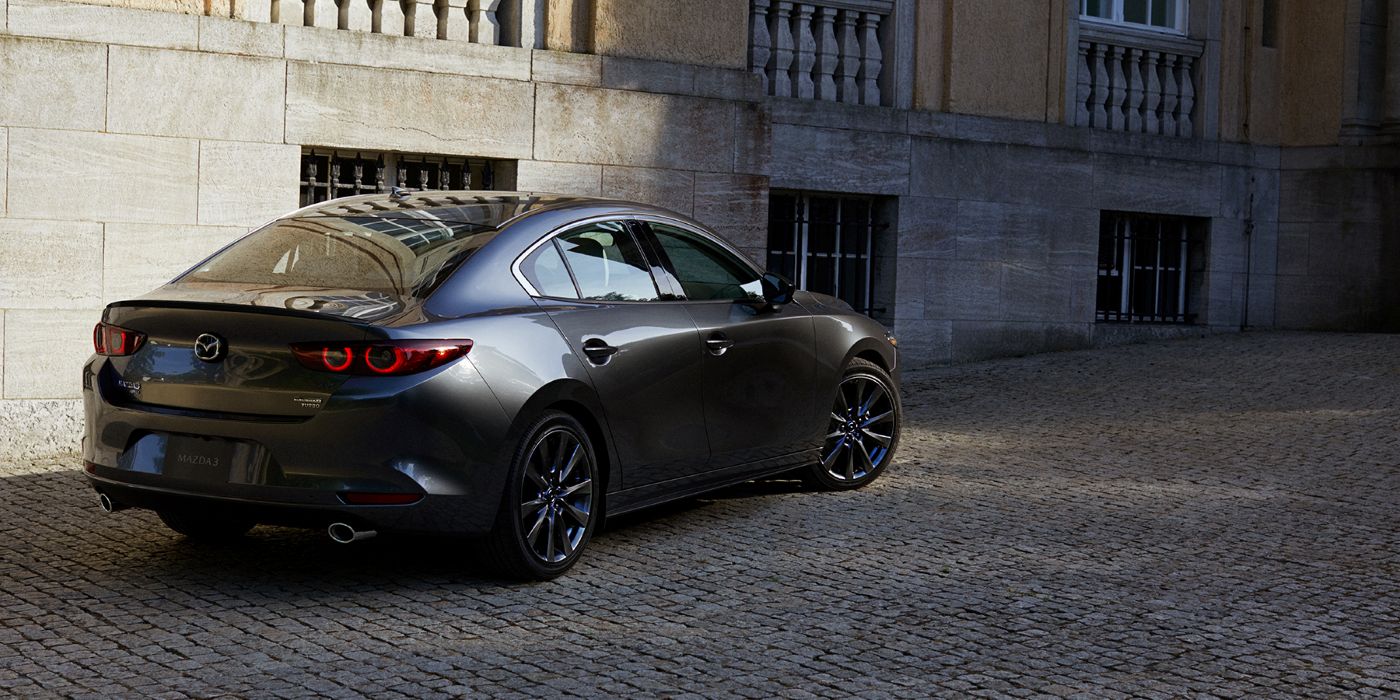In a world where smartphones barely last three years and appliances break down before the warranty expires, finding a car that can hold up for over a decade feels like winning the lottery.
But believe it or not, some vehicles are designed to outlast the trends, the miles, and even a few owners. They don’t just survive 15 years — they thrive, running strong, smooth, and surprisingly modern even after crossing six-digit mileage.
You’ve probably seen them out there: an old Toyota cruising down the freeway with faded paint but an engine that hums. Or a 2007 Honda still making daily commutes without breaking a sweat. These cars aren’t flukes — they’re the result of smart engineering, quality manufacturing, and, yes, regular maintenance.
Longevity like that isn’t just good luck — it’s good design. And in today’s used car market, where prices are high and inventory is tight, knowing which vehicles can stand the test of time can save you thousands and spare you countless headaches.
In this article, we’re spotlighting 15 cars and trucks that have proven they can run like new after 15 years or more. Some are known for their bulletproof engines, others for their rugged drivetrains or overbuilt simplicity. All of them are common on American roads — and with good reason.
So whether you’re hunting for a reliable used car, trying to stretch the life of your current ride, or just curious which models really go the distance, this list is your roadmap to long-term value and dependability.
1. Toyota Corolla
One of the most reliable compact sedans in the world. With simple mechanics and unmatched dependability, Corollas keep going strong past 200,000 miles — often still running like they did the day they were bought.
Timing plays a crucial role in the car market, and the latest Toyota Corolla seems to have arrived just when many family car buyers need a practical solution. Its hybrid powertrain offers a smart alternative for those who want to avoid diesel, find petrol too thirsty, and aren’t quite ready to commit to an all-electric vehicle.
The Corolla is a conventional hybrid, not a plug-in, so there’s no need to charge it manually. Instead, it features a small battery that recharges through regenerative braking.
This battery powers an electric motor that works in tandem with the petrol engine, improving both fuel efficiency and performance. If you drive gently, the Corolla can even run on electric power alone for short stretches, making it a flexible option for urban commutes.
This blend of petrol and electric power delivers impressive fuel economy on paper. But how does it perform in everyday use? And how does the Corolla compare to rivals in the competitive family car market?
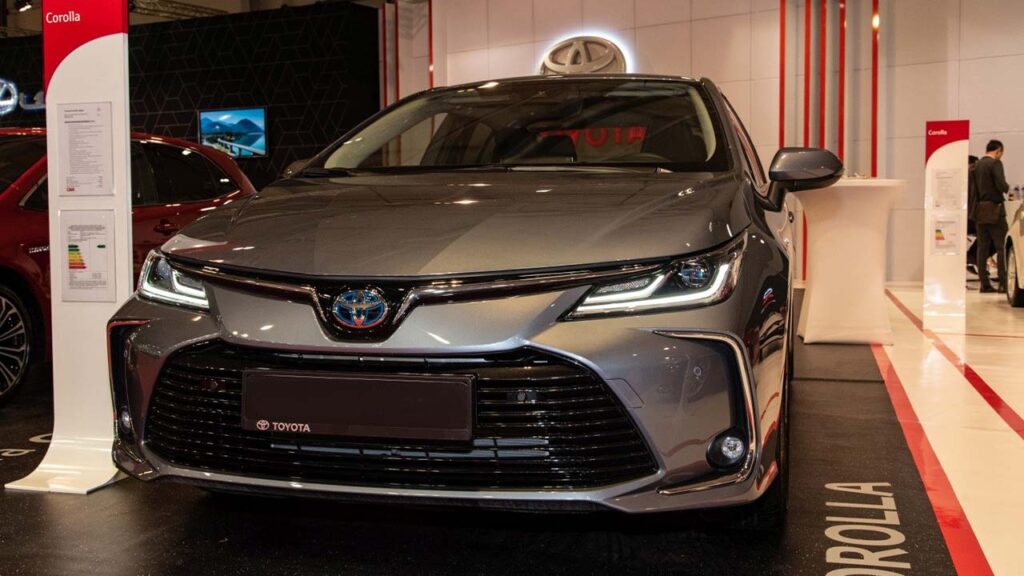
In this review, we stack it up against another hybrid contender, the Honda Civic, as well as popular petrol-powered alternatives like the Ford Focus, Peugeot 308, and Volkswagen Golf.
The Toyota Corolla holds its own as a highly competent family car. It’s comfortable, well-built, comes well-equipped, and offers excellent real-world fuel economy. The rear seats are a bit cramped, which could be a downside for some families, but if that’s not a dealbreaker, the Corolla presents outstanding value.
We particularly recommend the 1.8-litre hybrid engine paired with the Icon trim level, which strikes a strong balance between performance, features, and affordability.
On the pricing front, the Corolla starts at just under £30,000 and is available from around £343 per month on finance or £289 per month on a lease. The 1.8 Hybrid Icon 5dr CVT is our pick of the range and comes with a recommended retail price of £30,795. It hits a sweet spot in terms of equipment, comfort, and driving ease.
When it comes to performance and refinement, the Corolla stands out for its quiet, composed driving experience. The ride is particularly smooth, and the hybrid system delivers adequate power for most situations.
Thanks to a mid-cycle refresh, the base 1.8-litre engine now produces 138bhp, giving it a 0–62mph time of 9.1 seconds. That’s quicker than the 114bhp 1.5-litre VW Golf and only slightly slower than the 155bhp 1.0 Ecoboost Ford Focus. In day-to-day driving, you rarely need to push it hard to reach motorway speeds, and it feels competent in nearly all scenarios.
However, if you often drive fully loaded or want extra punch for overtaking, the 193bhp 2.0-litre version drops the 0–62mph time to 7.4 seconds, offering better responsiveness and stronger all-around performance. It’s not just faster — it’s more satisfying to drive at normal speeds thanks to the added power from the electric motor.
The Corolla also impresses when it comes to ride comfort. It absorbs road imperfections with ease, even when compared to the notably plush Ford Focus. Its soft suspension makes motorway journeys more relaxed by ironing out rough surfaces and avoiding the choppy feel you sometimes get from stiffer setups.
That said, you may notice a bit more body movement on undulating roads, though it’s still more composed than the Peugeot 308 and many of its rivals. For best results, we recommend sticking with the standard wheels. The larger 18-inch alloys on GR Sport and Excel trims add visual flair but do compromise ride quality over sharper bumps.
In terms of handling, the Corolla feels secure and composed in everyday driving. Its steering is well-weighted, starting off light at low speeds and gaining reassuring heft as you speed up.
There’s decent precision and a fair amount of feedback through the wheel, making it easy to place on the road. However, it’s not the most engaging car in corners. It doesn’t respond as eagerly as a Ford Focus, Honda Civic, or Seat Leon, and it tends to lose front-end grip earlier in a turn.
So, if driving excitement is a top priority, you might want to look elsewhere. It’s also worth noting that despite the name, the GR Sport trim doesn’t offer any meaningful performance enhancements — it’s purely cosmetic, adding some sporty styling cues and extra kit, but no real upgrades to handling or dynamics.
Noise and vibration levels are another area where the Corolla’s hybrid system shines. At low speeds around town, the electric motor allows it to glide along in near silence. Even when the petrol engine kicks in, it does so smoothly and quietly.
On steeper roads or under heavier acceleration, the CVT gearbox does cause the engine revs to spike, which can get noisy. However, the updated hybrid system doesn’t need to work as hard to deliver performance, which helps keep those moments to a minimum.
The Civic’s hybrid setup is even more refined in this regard, but the Corolla still performs admirably. At motorway speeds, there’s some noticeable tyre noise — slightly more than in a Ford Focus — but it’s quieter overall than a Seat Leon. The 2.0-litre model also offers better sound insulation thanks to its acoustic glass, making it an even more refined cruiser.
Also Read: Top Rear Wiper Systems That Leave a Blind Spot
2. Honda Accord
With a reputation for lasting powertrains and minimal mechanical issues, the Accord continues to be a smart choice for those who want something that’s both fun and built to last.
For the 2025 model year, Honda has replaced the previously entry-level EX trim with a new blacked-out SE variant. The SE stands out visually with its black window trim, black 17-inch aluminum wheels, black mirror caps, and a black shark-fin antenna mounted on the roof.
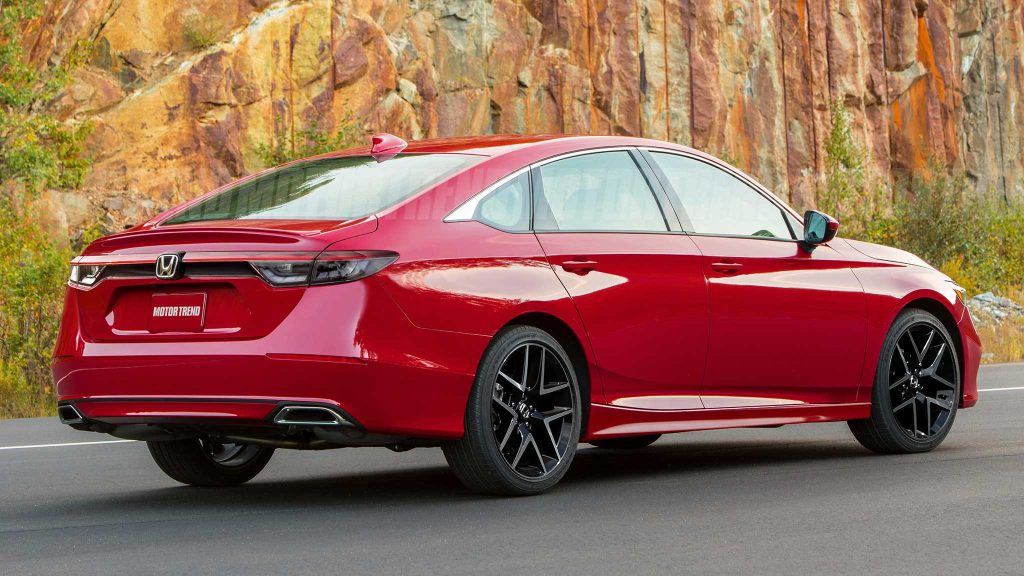
Inside, it features several added comforts that elevate the cabin experience, such as a 10-way power driver’s seat, a power sunroof, dual-zone automatic climate control, and heated front seats. Additionally, Honda has improved standard equipment across the entire Accord range.
All models now come equipped with rear climate control vents and two USB-C ports for backseat passengers. Hybrid variants receive an upgrade in the form of a 15-watt wireless phone charging pad, while the high-end Touring trim now includes a heated steering wheel as standard.
The price of the 2025 Honda Accord starts at $29,445 and goes up to $40,450 depending on the trim and options. The LX begins at $29,445, followed by the SE at $31,710. The Sport trim is priced at $34,805, while the EX-L comes in at $36,090. Above that, the Sport-L starts at $36,525, and the range-topping Touring trim reaches $40,450.
We’d recommend upgrading to the EX-L Hybrid. Not only does it add the more powerful 204-hp hybrid powertrain, but it also comes with a larger 12.3-inch infotainment display, front and rear parking sensors, leather upholstery, a sunroof, dual-zone automatic climate control, wireless Apple CarPlay and Android Auto, and more.
3. Toyota Camry
America’s go-to mid-size sedan. Camrys from the mid-2000s are still commonly found on the road, running smooth and relatively rust-free. A true no-nonsense machine.
At one end of the 2025 Toyota Camry lineup sits the comfort-focused XLE trim. Shown here in Wind Chill Pearl, this sedan maintains the traditional, understated styling that people have long associated with the Camry. However, beneath its conservative exterior lies a significant advancement that positions it as a serious Car of the Year contender.
The 2025 Camry draws power from Toyota’s fifth-generation hybrid powertrain, delivering a notable performance boost. In its front-wheel-drive configuration, output has increased to 225 horsepower. Despite this 23-hp gain, fuel economy also improves, rising from 44/47/46 mpg city/highway/combined to 47/48/48 mpg.
“Toyota has vastly improved the Camry’s hybrid system, no question,” deputy editor Alexander Stoklosa said. “Even without the third rear motor on this front-drive example, the car hustles up to speed in an unstressed way, albeit with some grumbling from the engine.”
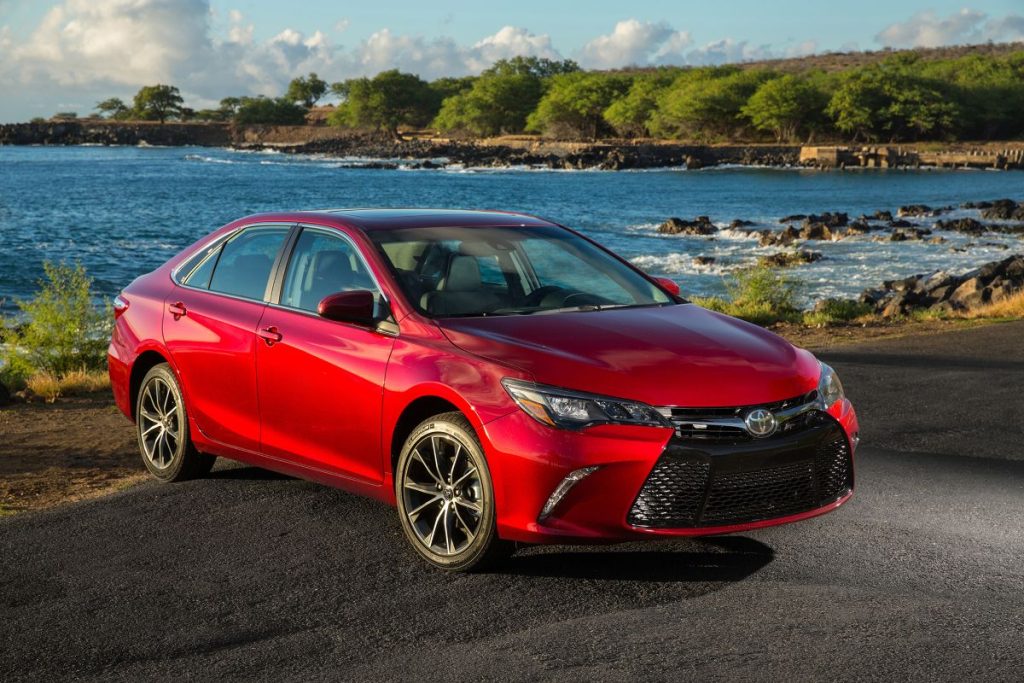
The suspension tuning complements the XLE’s mission well, delivering a soft, compliant ride that effectively smooths over bumps and rough surfaces. Although sharper road imperfections can result in a bit of tire slap, the 2025 Camry maintains a composed and refined demeanor overall, making it a capable and comfortable daily driver.
Even with its comfort-biased setup, the Camry doesn’t sacrifice handling or driver involvement. In fact, several of our test drivers considered the hybrid Camry an unexpectedly fun companion through our twisty road course, offering more engagement than one might expect from a midsize hybrid sedan.
That said, there are still a few drawbacks. A number of our evaluators found fault with the brake pedal feel, describing it as soft and inconsistent at first, followed by a firm and unnatural response.
The cabin, while visually modern and attractively designed, relies on materials that don’t quite match the high standards set by the rest of the car. On rougher roads, some squeaks and rattles become noticeable, slightly detracting from what is otherwise a quiet and serene interior environment.
Even with these criticisms, the 2025 Camry gets the fundamentals right and delivers a well-rounded package of comfort, performance, and technology at its $39,720 as-tested price. “For an everyday midsize sedan, the new Camry excels,” associate editor Justin Westbrook said.
“The back seat is comfortable, there are power ports everywhere, a wireless charge pad, the interior infotainment gets the job done in a simple-enough layout and format, and it’s easy to pair a phone.” When it comes to fulfilling the Camry’s core purpose, the XLE trim does so confidently and effectively.
4. Honda Civic
Whether it’s a commuter car or a teenager’s first vehicle, the Civic is known for its longevity. It combines fuel economy with bulletproof reliability — a reason it’s been a favorite in the U.S. for decades.
The Civic Hybrid is equipped with an electrified powertrain that combines a 2.0-liter four-cylinder engine with two electric motors, producing a total output of 200 horsepower. This configuration is similar to what Honda offers in the Accord Hybrid and CR-V Hybrid models.
However, while the CR-V Hybrid allows for an all-wheel-drive option, the Civic Hybrid is available exclusively with front-wheel drive. A driver-selectable regenerative braking system is included to help recharge the battery during use, though it’s still unclear whether one-pedal driving is possible.
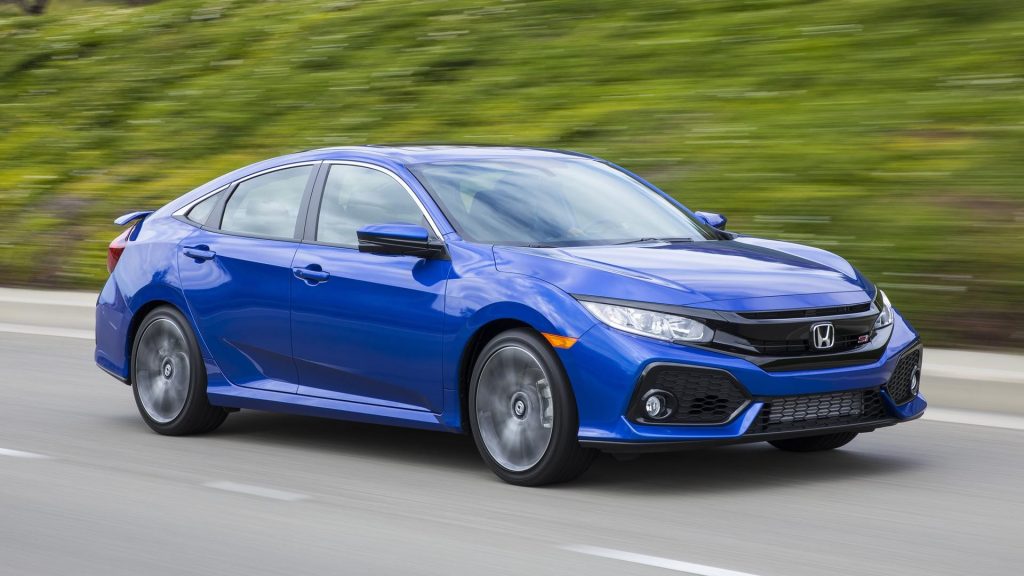
In our experience behind the wheel of a Civic Hybrid, the car impressed us with its quick acceleration, smooth operation, and driving enjoyment that matches what we appreciated in the previous generation Civic.
For those opting for the nonhybrid version, the standard setup includes a 150-horsepower 2.0-liter four-cylinder engine, front-wheel drive, and a continuously variable automatic transmission (CVT).
While this combination may not deliver blistering performance—especially considering it has slightly less power than the base engine in the previous Civic—it still feels lively enough for everyday city driving. The car retains its hallmark attributes of agile handling, precise steering feedback, and a ride quality that strikes a satisfying balance between comfort and control.
Enthusiasts looking for more performance will find the lineup also includes the sportier Civic Si and the even more aggressive high-performance Type R, though those variants are reviewed separately.
5. Ford F-150
America’s best-selling vehicle for a reason. F-150s, especially from the 2000s and early 2010s, are capable of crossing the 300,000-mile mark if properly maintained. Many are still doing heavy hauling after 15+ years.
Ford’s iconic pickup, the F-150, fully embraces a “have it your way” philosophy, offering buyers an expansive array of powertrains, body styles, and customization options. Whether customers are seeking a traditional gas-powered truck, a hybrid, or even a fully electric variant, the F-150 is designed to meet a wide spectrum of needs.
Base models come well-equipped for daily driving and rugged jobsite tasks, while higher trims elevate the experience with premium materials and upscale features. For those craving adventure, there are off-road-focused models built specifically for rock crawling or trail-running.
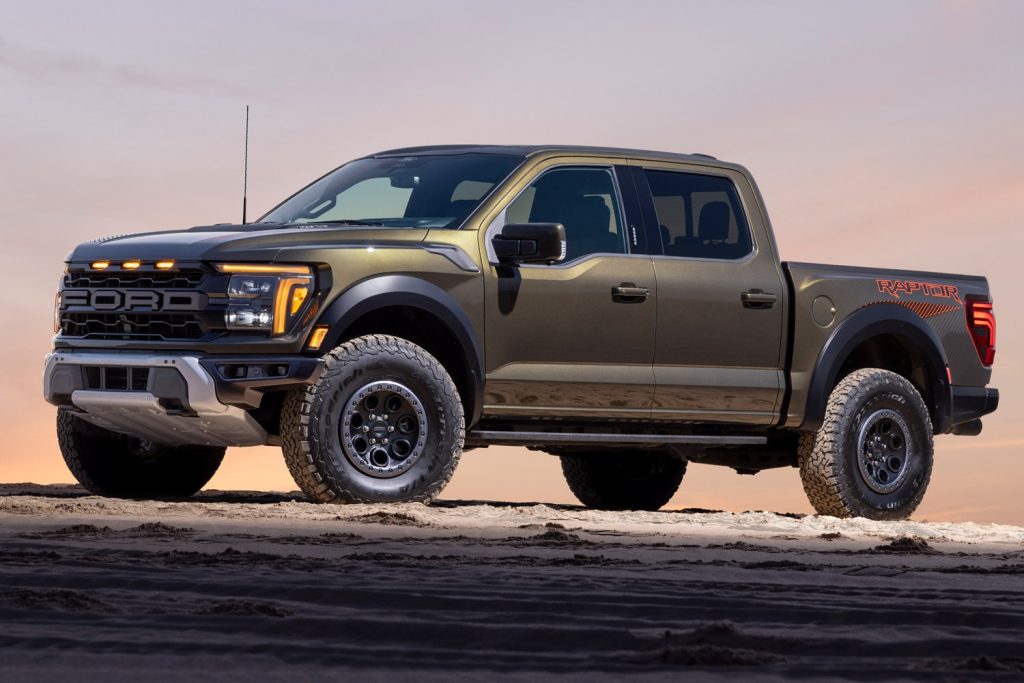
Across the board, the F-150 delivers a composed ride, whether it’s carrying a load or driving empty. Models equipped with the twin-turbocharged V-6 engine prove to be strong performers in both towing and hauling scenarios, while the Raptor R takes performance to an extreme level with its thunderous supercharged V-8 and high-performance chassis.
For drivers who want serious off-road capabilities without compromising on-road comfort, the Tremor trim strikes a practical balance.
Meanwhile, Ford is also catering to street truck enthusiasts with the introduction of the F-150 Lobo—a variant that follows the recent debut of the smaller Maverick Lobo. Inside the cabin, the F-150 prioritizes functionality with large standard displays, a flat floor ideal for cargo transport, and a clever stowaway shifter, all contributing to its versatility and everyday convenience.
6. Chevrolet Silverado 1500
Tough, reliable, and easy to fix, the Silverado is another full-size pickup that handles abuse well. The 5.3L V8 engine, in particular, has proven itself over hundreds of thousands of miles.
One of the Silverado’s greatest strengths lies in its engine lineup. Even the entry-level 2.7-liter turbo-four delivers robust and smooth acceleration, while Chevy’s pair of V-8 engines and its available turbodiesel inline-six provide an excellent blend of power and efficiency. However, we did experience a less refined throttle response in a pre-refresh Silverado equipped with the 5.3-liter V-8, a detail worth noting.
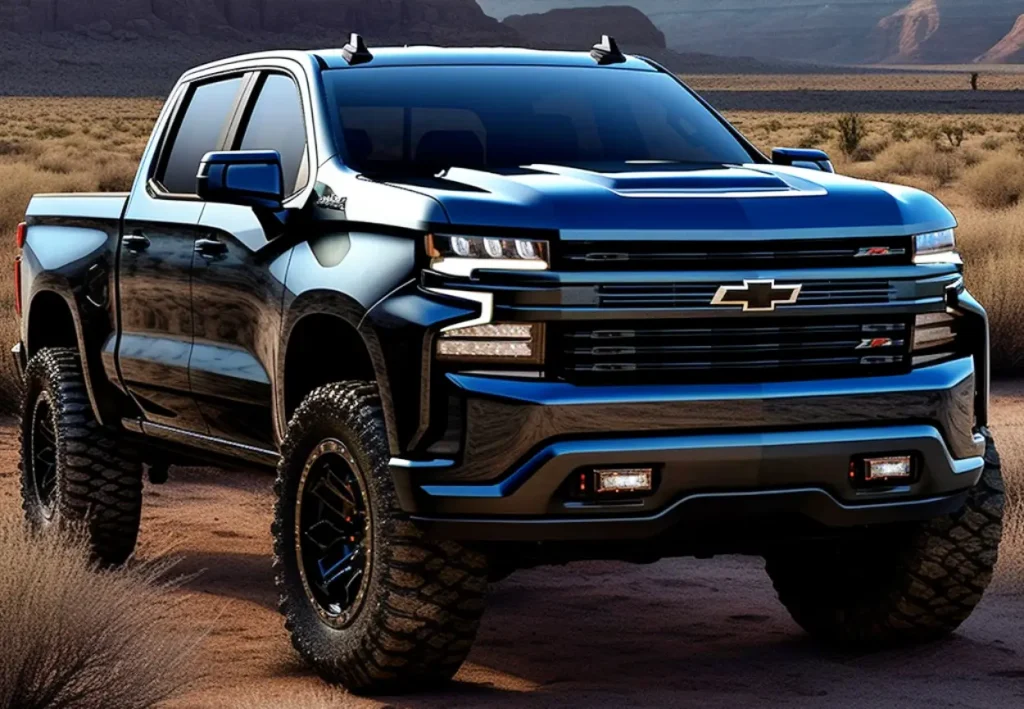
Additionally, Chevrolet does not currently offer a hybrid variant like those available from Ford and Ram. During our towing test, the Silverado ZR2, powered by the 6.2-liter V-8, impressed with its smooth shifting and solid brake feel. That said, for buyers who find the ZR2’s price point too steep, the Trail Boss presents a compelling and more affordable alternative.
Functionality is another area where the Silverado shines. It features highly spacious bed configurations, smartly designed rear bumper corner cutouts that make climbing into the bed easier, and a versatile six-function tailgate that lives up to its promise rather than serving as mere marketing fluff.
Overall, the Silverado’s interior feels roomier than that of the F-150, and when properly equipped, it can tow up to 13,300 pounds—making it a serious contender for anyone with heavy-duty hauling needs.
7. Toyota Highlander
A midsize SUV with a stellar reputation for long-term durability. The V6 models from the 2008–2013 era, in particular, are still driving like new in many American suburbs.
The 2025 Toyota Highlander might not rank as the most exhilarating three-row SUV on the market, but it offers a composed and comfortable ride that handles most potholes and surface imperfections with ease. Despite its size, it’s surprisingly easy to maneuver, and the steering is nicely weighted, providing a balanced and reassuring feel from behind the wheel.
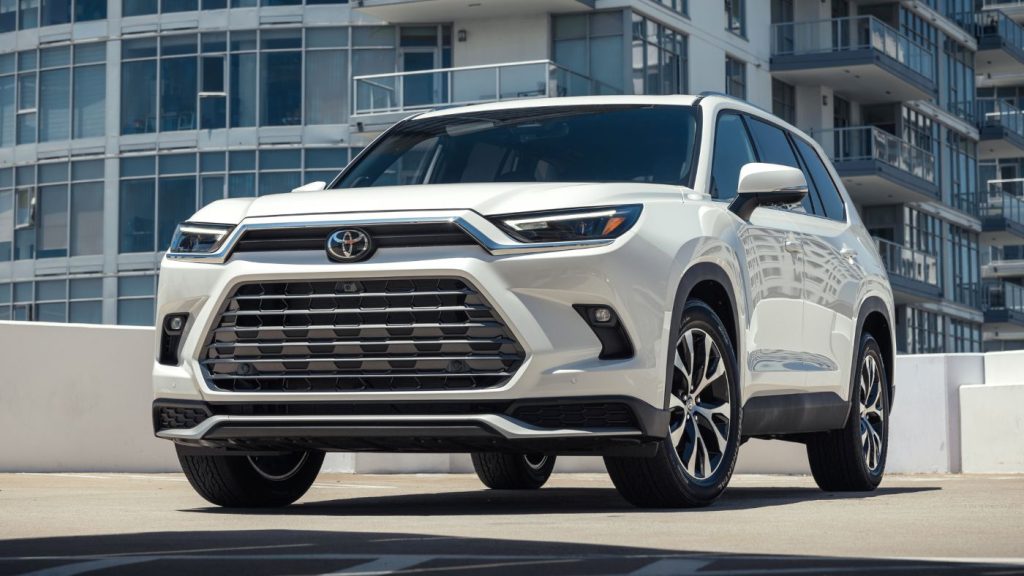
Under the hood, every 2025 Highlander comes equipped with a single engine option: a turbocharged 2.4-liter four-cylinder that generates 265 horsepower and 310 pound-feet of torque. This output proves more than adequate for most driving situations.
While the Highlander isn’t built for speed and doesn’t aim to be a performance vehicle, it accelerates confidently to highway speeds and has no trouble overtaking slower traffic. That said, the powertrain can be a bit on the noisy side, particularly during hard acceleration, where the engine’s growl becomes more noticeable.
8. Lexus RX
Luxury and reliability don’t often go together, but Lexus makes it work. The RX blends comfort with Toyota’s legendary engineering, meaning it’ll still feel refined 15 years later.
The 2025 Lexus RX 350 continues to offer a refined and well-rounded package, blending luxury, practicality, and performance in a premium midsize SUV. Powered by a 2.4-liter turbocharged inline-four gas engine, the RX 350 delivers a smooth driving experience with a total output managed through an 8-speed shiftable automatic transmission.
The vehicle comes standard with front-wheel drive and achieves a combined EPA rating of 25 mpg, with city mileage at 22 mpg and highway mileage at 29 mpg. Although premium unleaded fuel is recommended, the RX remains reasonably efficient with an estimated cost to drive of around $195 per month.
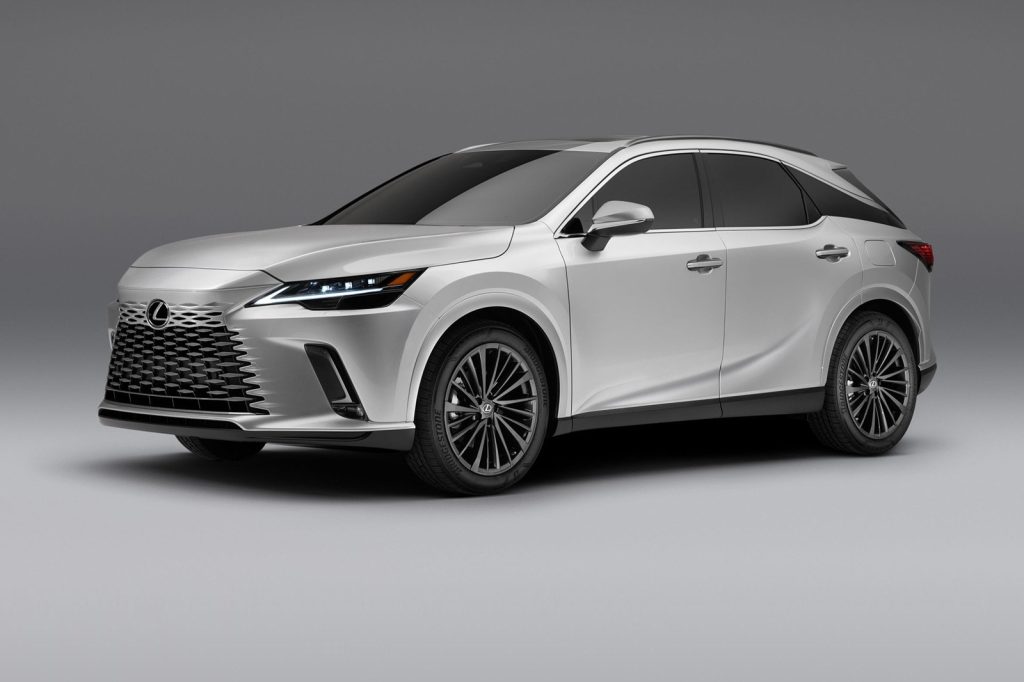
In terms of utility, the RX 350 provides seating for five passengers and offers 29.6 cubic feet of cargo capacity behind the rear seats. It has a curb weight of 4,155 pounds and a maximum towing capacity of 3,500 pounds, making it versatile enough for light-duty hauling.
The RX is backed by a basic warranty of 4 years or 50,000 miles, and final assembly takes place in either Canada or Japan, depending on the specific model.
Starting at an MSRP of $49,125, the 2025 RX 350 is available in various trims and configurations. For buyers seeking more premium features, options include models like the 350 Premium (MSRP $60,799), 350h Premium Plus Hybrid (MSRP $62,670), and 350 Premium Plus (MSRP $62,924). Inside, Lexus ensures that both driver and passengers enjoy a comfortable ride with a range of comfort, convenience, and in-car entertainment features.
Additional specifications such as dimensions, suspension details, color options, seat measurements, safety systems, power features, telematics, and available packages further enhance the appeal and customizability of this well-established luxury SUV.
9. Honda CR-V
This compact SUV remains one of the best-selling family vehicles in the U.S. A well-cared-for CR-V from the early 2010s can easily hit 250,000 miles with its smooth 4-cylinder engine and simple transmission.
The 2025 CR-V maintains its position as the middle child in Honda’s SUV lineup, positioned between the smaller subcompact HR-V and the larger midsize Passport and Pilot.
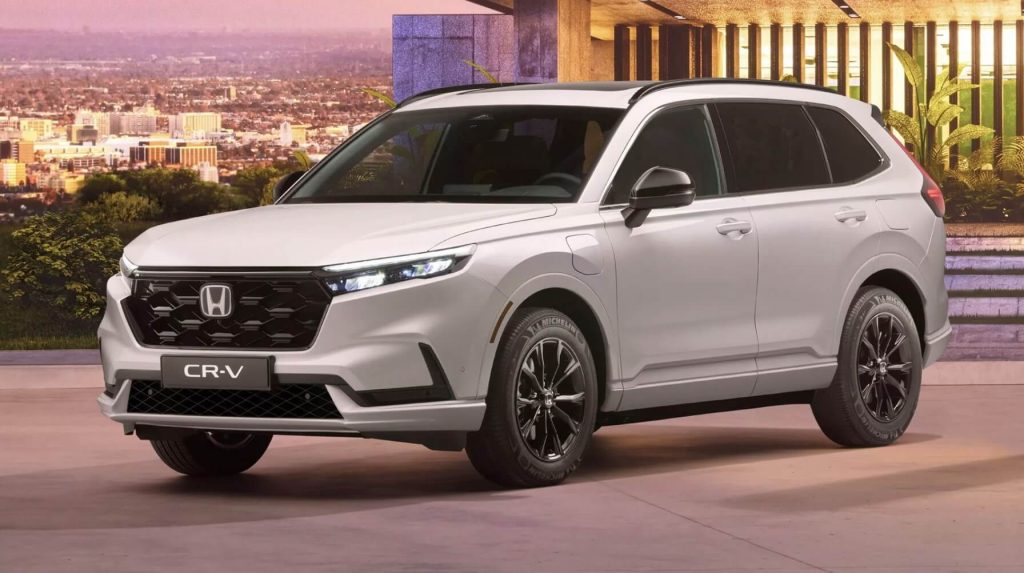
This generation of the CR-V, which was redesigned in 2023, continues to uphold the model’s longstanding reputation as one of the top-performing small SUVs in its class. For the 2025 model year, there are no major updates or changes to report.
Fuel cost estimates for the 2025 Honda CR-V LX 4dr SUV, equipped with a 1.5-liter turbocharged four-cylinder engine and a continuously variable transmission (CVT), are based on a yearly mileage of 15,000 miles, with a driving mix of 55% city and 45% highway.
Using an estimated fuel price of $3.15 per gallon for regular unleaded in North Dakota, the monthly cost to drive the CR-V LX comes out to approximately $128. This is notably lower than the $177 monthly average for midsize SUVs, highlighting the CR-V’s fuel efficiency advantage.
10. Acura MDX
If you want a luxury family SUV that won’t fall apart, the MDX is a solid bet. The V6 is responsive and durable, and many older models are still on the road today, holding up better than their European counterparts.
The Acura MDX is a well-equipped and stylish three-row midsize SUV that occupies a space between mainstream models and higher-end luxury vehicles.
Although it was last fully redesigned for the 2022 model year, the MDX has maintained its popularity, even if it doesn’t quite match the level of opulence offered by some of its more upscale competitors.
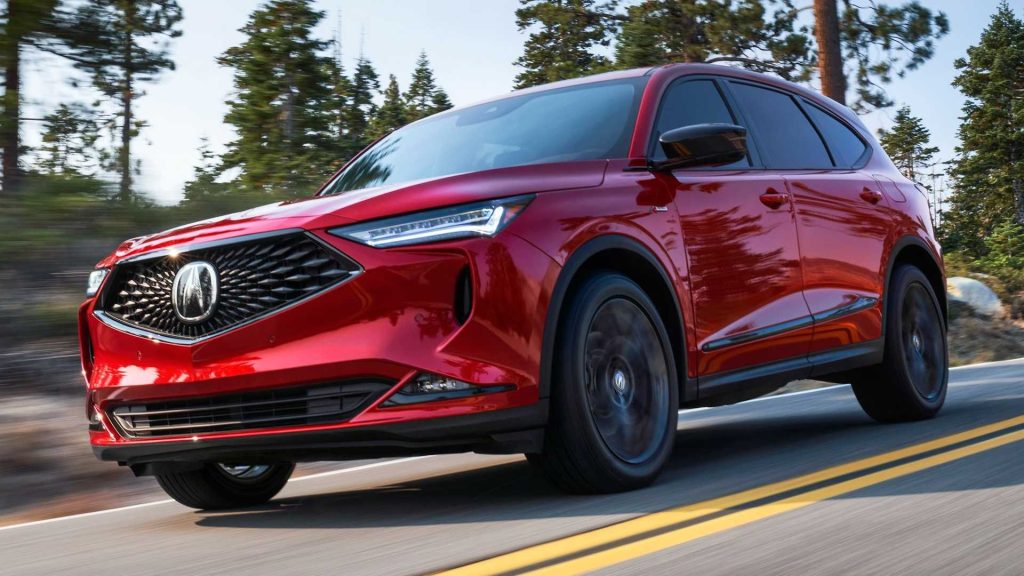
For 2025, Acura has refreshed the MDX, introducing a range of updates that directly address one of the major criticisms of the previous version.
In addition to enhancements in safety features, exterior styling refinements, and an overall more upscale aesthetic, the most notable and welcome improvement is the replacement of the infotainment system’s touchpad controller.
Acura has eliminated the previously awkward and often frustrating touchpad in favor of a traditional touchscreen interface, significantly improving ease of use and user experience.
11. Mazda3
Mazda’s sharp styling hides a tough little engine under the hood. The Mazda3 may fly under the radar, but with basic maintenance, it can easily last 15+ years without major issues.
The 2025 Mazda3 delivers an engaging driving experience, whether you opt for the four-door sedan or the five-door hatchback. Thanks to its responsive and communicative steering, along with a firm yet well-tuned suspension, the Mazda3 handles more like a sporty sedan than most other vehicles in the compact segment.
Even with its athletic handling, the ride remains comfortably composed across a variety of road surfaces. The standard 2.5-liter four-cylinder engine produces 191 horsepower, which is sufficient for the majority of drivers.
However, those seeking more performance can choose the available turbocharged engine, which delivers up to 250 horsepower and 320 pound-feet of torque. The optional all-wheel-drive system—rare for this class—further enhances traction in slippery conditions.
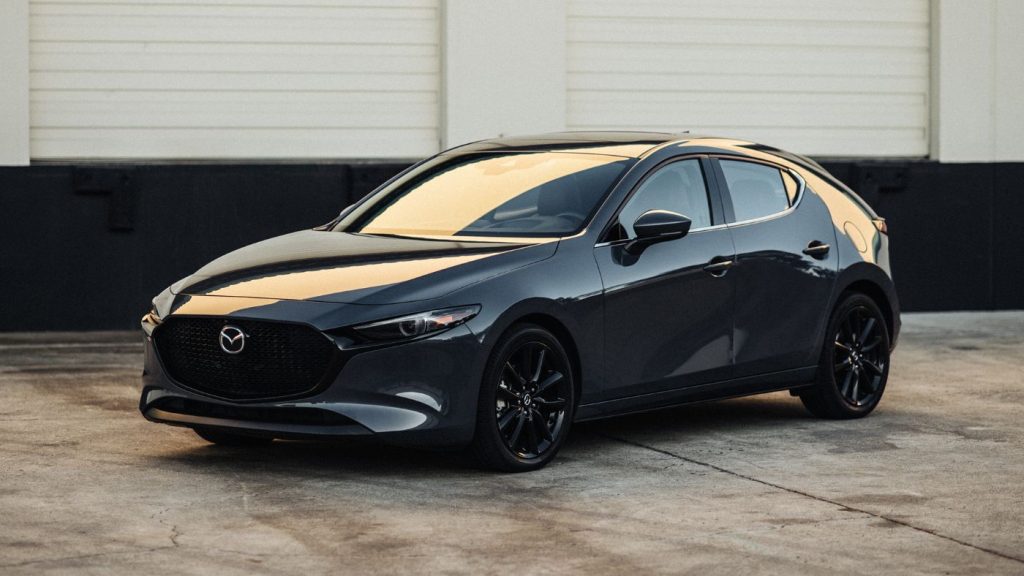
When it comes to fuel economy, the 2025 Mazda3 falls slightly below the class average. With the base engine, the sedan is estimated to achieve 27 mpg in the city and 37 mpg on the highway.
Inside, the Mazda3 stands out with a more refined and upscale cabin than most compact cars. High-quality materials and well-cushioned front seats contribute to a premium feel. That said, the rear seats are tighter than those in some competitors, and visibility is somewhat limited in hatchback models due to their design.
Cargo space varies by body style. The hatchback offers 20.1 cubic feet behind the rear seats, which is around average for the segment. The sedan, however, provides only 13.2 cubic feet in its trunk, which is on the smaller side for a compact car. Folding down the rear seats in the hatchback opens up 47.1 cubic feet of total cargo space, offering greater flexibility for larger items.
12. Chevrolet Tahoe
A full-size SUV that’s used by families, law enforcement, and fleets — and for good reason. It’s powerful, comfortable, and if the transmission is serviced regularly, will go the distance without complaint.
These vehicles weren’t just built to last — they were built to keep driving like new. With regular oil changes, attention to maintenance schedules, and some mechanical empathy, these models can easily outlive most car notes and keep performing well into their second decade.
The 2025 Chevrolet Tahoe stands as one of Chevy’s largest SUVs—second only to the longer-wheelbase Suburban—and provides seating for up to nine passengers along with an expansive cargo area.
With three available engines, including two gasoline V8s and a six-cylinder diesel, the Tahoe offers a blend of capability and efficiency to suit various needs. Its six trim levels cater to a wide range of buyers, whether you’re looking for a practical family vehicle, an off-road-ready SUV, or something that leans toward luxury.
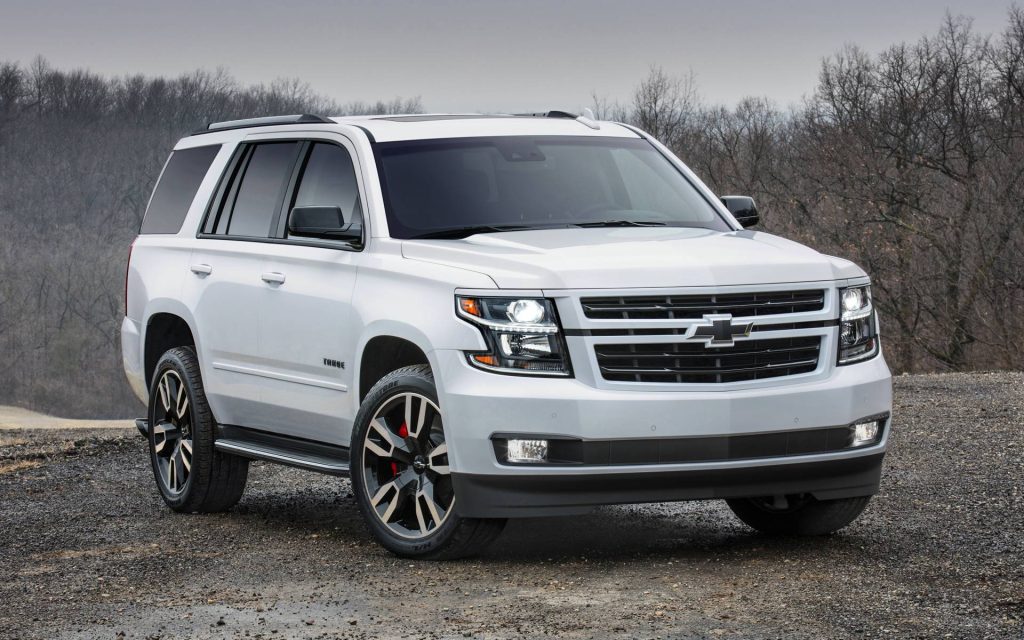
According to cost-to-drive estimates for the 2025 Chevrolet Tahoe LS 4dr SUV (equipped with the 5.3-liter V8 and 10-speed automatic transmission), based on 15,000 miles per year (split between 55% city and 45% highway driving) and regular unleaded priced at $3.15 per gallon in North Dakota, the monthly fuel cost comes to about $228. For comparison, the average large SUV is estimated at $227 per month.
Edmunds notes a significant refresh for the 2025 Tahoe. Chevrolet has updated the front and rear styling slightly, revised the dashboard design, and introduced new features. The exterior changes are subtle—likely only noticeable to diehard Tahoe fans—but the interior updates are much more evident.
A major improvement is the relocation of the push-button shifter from the dash to the steering column, which not only restores a traditional layout but also creates room for a massive 17.7-inch touchscreen that now comes standard on all trim levels, giving the interior a more high-tech and modern feel.

